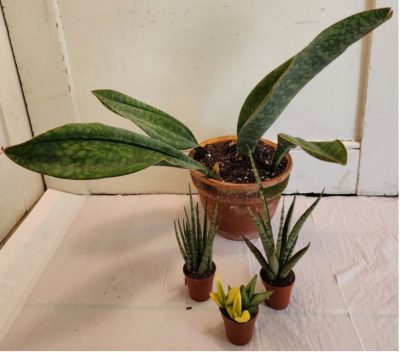By Dawn Pettinelli, UConn Home & Garden Education Center

Arbor Day is celebrated in Connecticut on April 25th. Since it is a day traditionally set aside for the planting of trees, perhaps you might consider adding one to your home landscape. If you haven’t the need for another arboreal specimen, then plan on giving your existing trees a little TLC.
Trees have a lot to offer. They provide us with cool shade on hot summer days, brighten our spring season with lovely blossoms, add color to the fall landscape and winter interest throughout cold, dreary days. Trees provide food, nesting sites and shelter for many animals, especially birds. They help reduce noise pollution, trap particulate air pollutants, and can alter the microclimate surrounding them.
Most importantly, trees supply plenty of oxygen for us to breathe. Each year, an acre of trees produces enough oxygen to keep 18 people alive. They also sequester carbon dioxide. Trees convert atmospheric carbon dioxide into plant matter as they photosynthesize. This has important consequences worldwide. As more and more of our forested land is being cleared, less carbon dioxide can be stored in trees and more is available to increase the atmospheric carbon dioxide levels which, in turn, can contribute to global warming.
While we can’t stop global deforestation, we can make a difference in our own backyards by planting more trees or making sure that the trees already present receive the conditions they need to thrive.
When selecting a tree for your landscape, do consider factors like its ultimate height and spread, susceptibility to insect and disease problems, flowering, fruiting and fall foliage potential, rate of growth and site requirements. Review gardening books, consult with nurserymen and maybe visit an arboretum to view mature specimens.
Trees are purchased either as dormant stock through mail order sources, containerized, or balled-and-burlapped (B & B). Dormant trees generally arrive in the spring or fall and should be soaked for a couple of hours and planted immediately. If you can’t get them in the ground right away, they can be stored in a cool place for a few days out of direct sunlight. Make sure them are kept moist.
Containerized stock can be planted throughout the growing season although cooler spring or fall is best. Hard to transplant species are best purchased this way as there is less disruption to their root system. If potbound, make several vertical cuts about one-quarter inch deep around the root ball before planting.
Purchasing B & B trees is fine for younger specimens, but often larger trees have a good portion of their roots removed in this process. This can lead to poor survival. For greatest success, choose small to medium sized trees.

Holes for planting only need be as deep as the root system. The key is to make them at least 2 feet wider than the root ball. Especially in heavy or compacted soils, be sure to
loosen as much soil around the planting area as possible so roots can grow freely. The majority of roots are found in the upper 3 feet of soil.
Amendments such as peat moss or fertilizer are not necessary to add to the backfill. However, if the soil pH or phosphorus levels are low, ground limestone and bonemeal can be mixed into the backfill.
Add water to the hole before planting and let it drain. Next, position the root ball. Remove plastic mesh and cords. Burlap can be cut away as much as possible. Fill in the hole about half way. Gently firm the soil around the root ball. Don’t stomp on it or you will compact the soil. Water thoroughly and when the water drains, finish filling the hole. Make a well around the tree with soil and water once more. Apply a 2 to 3 inch layer of mulch keeping it away from the trunk. Newly planted trees need a thorough soaking each week throughout the first growing season either from natural precipitation or from you.
If you have questions about trees or any other gardening topic, call the UCONN Home & Garden Education Center (toll-free) at (877) 486-6271 or email us at ladybug@uconn.edu or visit our website, www.homegarden.cahnr.uconn.edu.
This article was published in the Hartford Courant Apr. 26 2025











